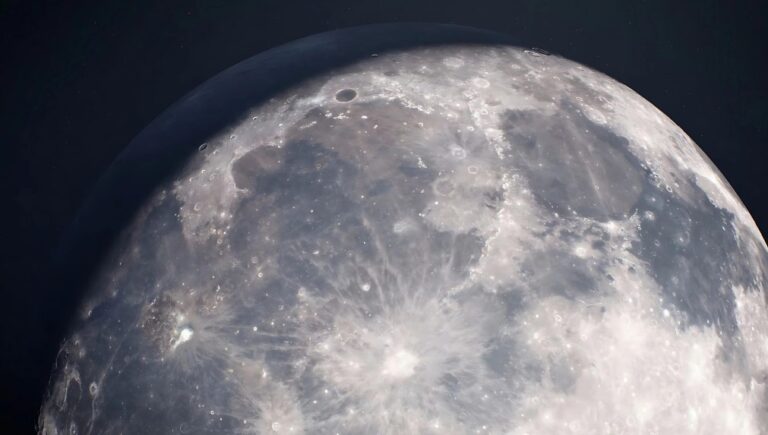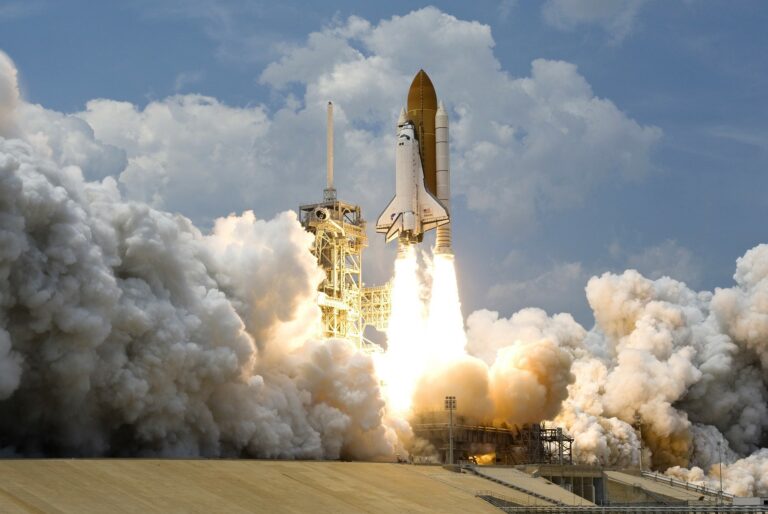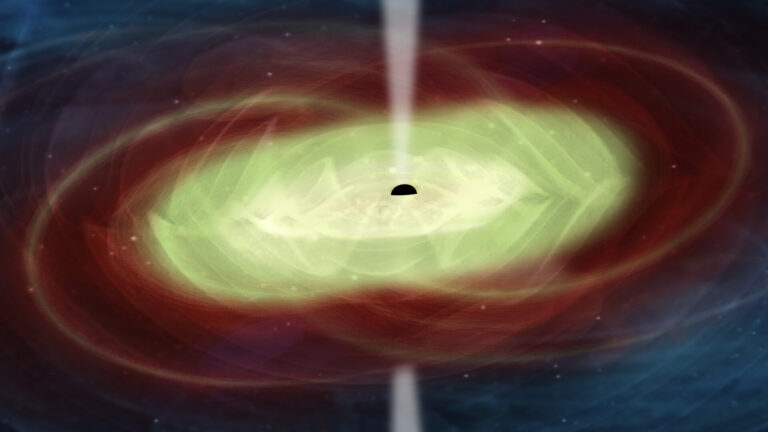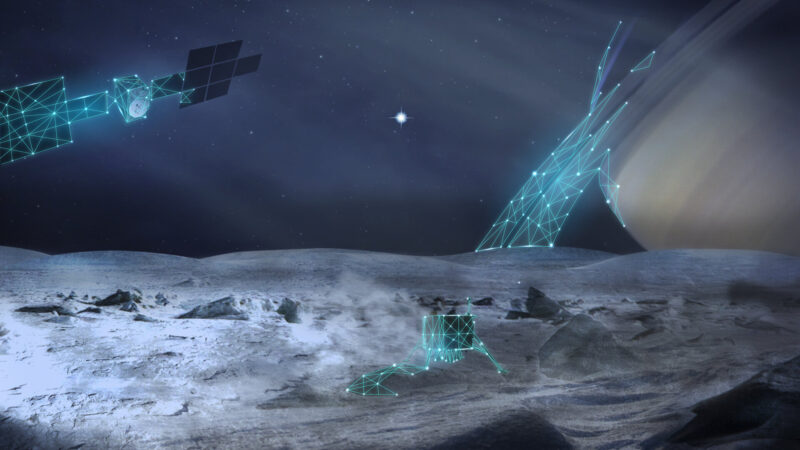The year 2024 promises significant advances in our quest to explore and understand the cosmos. Multiple ambitious space missions have launch windows scheduled that will push scientific and engineering capabilities. Both crewed and uncrewed voyages are on tap to destinations as close as the Moon and as distant as Mars’ moons. Samples from asteroids and other worlds will be retrieved to reveal clues about our solar system’s formation.
This article provides an overview of some of the most impressive missions planned for 2024 and their scientific objectives.
Artemis 2
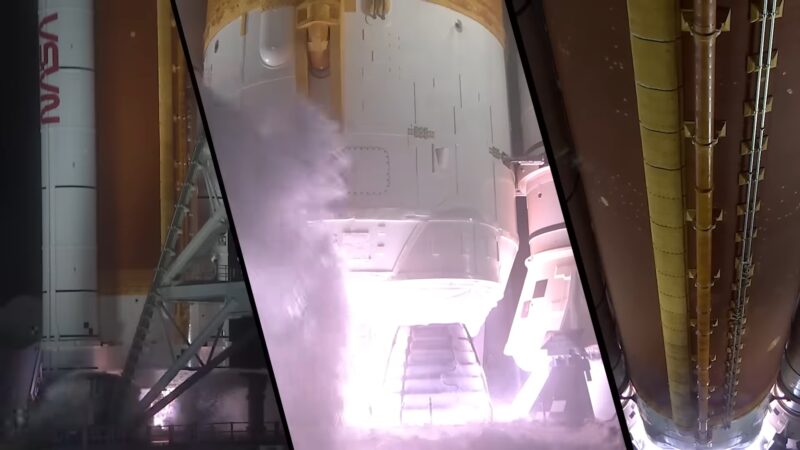
Artemis 2 is a crucial mission in NASA’s Artemis program, aimed at returning humans to the Moon and establishing a sustainable presence there. It marks the first crewed mission of the Artemis series and involves the second launch of NASA’s Space Launch System (SLS). The mission is planned for no earlier than November 2024.
Mission Details
- Crew: The mission will include a crew of four astronauts, three from NASA and one from the Canadian Space Agency. The crew will orbit the Moon, testing human capabilities and the spacecraft systems in deep space.
- Duration: The mission duration is scheduled for about 10 days, with several days spent in transit to the Moon, orbiting it, and returning to Earth.
- Objectives: Key objectives include testing the combined performance of the entire spacecraft (the Orion crew module and the SLS rocket), validating deep space navigation and communication systems, and assessing human health impacts of deep space travel.
Technical Details
- Spacecraft: Orion, equipped with the European Service Module (ESM) that provides power, water, air, and propulsion.
- Launch Vehicle: Space Launch System (SLS), the most powerful rocket NASA has ever built, designed for deep space missions.
Interesting Facts
- Artemis 2 aims to pave the way for subsequent Artemis missions that include landing the first woman and the next man on the Moon.
- It is part of a broader goal to establish a sustainable human presence on the Moon, to further explore the lunar surface, and to prepare for future manned missions to Mars.
For more detailed insights and updates, you can visit NASA’s official Artemis 2 page.
New Glenn
New Glenn is Blue Origin’s heavy-lift orbital launch vehicle designed to support a variety of mission needs. Initially announced in 2016, the rocket’s debut has been highly anticipated. The first launch is scheduled for no earlier than September 29, 2024.
Mission Details
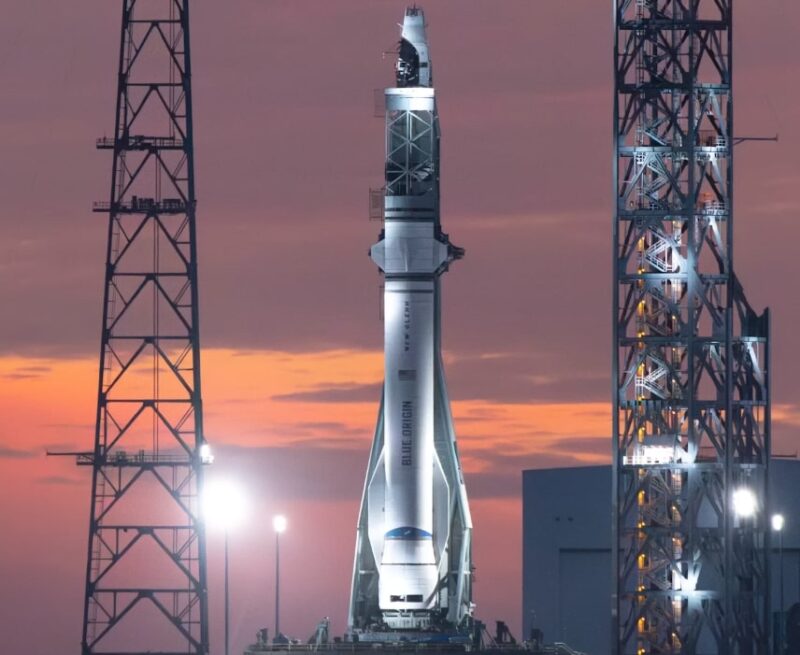
- Launch Vehicle: New Glenn is a two-stage rocket capable of carrying payloads to a variety of orbits. It is particularly notable for its reusable first stage, which is designed to land on a sea-based platform approximately 620 miles (1,000 km) downrange after launch.
- Payload: The maiden flight is set to carry NASA’s EscaPADE spacecraft, which is part of a mission to study the Martian atmosphere.
- Reusability: The first stage of New Glenn is designed for a minimum of 25 missions, emphasizing sustainability and cost-effectiveness in space operations.
Technical Details
- Height: Over 300 feet tall, making it one of the largest rockets in development.
- Capabilities: It has a payload capacity to Low Earth Orbit (LEO) of up to 45 metric tons and 13 metric tons to Geostationary Transfer Orbit (GTO).
- Innovation: Features a 7-meter fairing, providing ample space for large satellites and interplanetary spacecraft.
Interesting Facts
- Development Delays: Initially planned for a 2020 debut, the launch has been pushed back multiple times, with the current planned date in late 2024.
- Vision for the Future: Blue Origin envisions New Glenn playing a central role in future lunar missions and deep space exploration, aligning with NASA’s Artemis program goals.
You can find more details about the New Glen mission on Blue Origin’s official New Glenn page.
Europa Clipper
Europa Clipper is a highly anticipated NASA mission aimed at studying Jupiter’s moon, Europa, to assess its potential to support life. Scheduled for launch on October 10, 2024, the mission seeks to conduct a detailed reconnaissance of Europa’s ice shell and underlying ocean.
Mission Details
- Launch Date: October 10, 2024.
- Spacecraft Type: Orbiter.
- Primary Goal: To determine if Europa, one of the most likely places to find life beyond Earth, harbors conditions suitable for life.
- Journey: After launching in 2024, the spacecraft will arrive in the Jupiter system around April 2030, following a complex trajectory that includes gravity assists from Earth and other planets.
Technical Details
- Launch Vehicle: SpaceX Falcon Heavy.
- Instruments: Europa Clipper is equipped with 9 science instruments, including cameras, spectrometers, and ice-penetrating radar, to study the moon’s ice shell and its subsurface ocean.
- Capabilities: The spacecraft will perform nearly 50 flybys of Europa at altitudes ranging from 25 to 2,700 kilometers above the surface.
Interesting Facts
- Ocean World: Scientists believe that Europa has a global ocean beneath its icy crust, which contains twice as much water as all of Earth’s oceans combined.
- Life Potential: The mission will assess the habitability of Europa’s ocean using a sophisticated suite of scientific instruments.
- Historical Context: This will be NASA’s first mission dedicated to understanding an ocean world outside of Earth, marking a significant step in astrobiology.
If you want to find more details, be sure to check NASA’s official Europa Clipper mission page.
Ariane 6
Ariane 6 is the newest addition to Europe’s launcher family, developed by the European Space Agency (ESA) and Arianespace. It is designed to replace the Ariane 5 and is scheduled for its maiden flight between June 15 and July 31, 2024.
Mission Details
- Launch Window: The initial launch window is set from June 15 to July 31, 2024.
- Launch Site: Europe’s Spaceport in French Guiana.
- Capabilities: Ariane 6 will offer increased flexibility and cost-efficiency over its predecessor and will be available in two versions (Ariane 62 with two boosters and Ariane 64 with four boosters) to accommodate a range of mission profiles.
Technical Details
- Payload Capacity: Depending on the version, Ariane 6 can deliver payloads between 5,000 to 11,500 kilograms to geostationary transfer orbit (GTO).
- Reusability Aspects: The design includes provisions for future reusability developments, although the initial flights will focus on validating the vehicle’s performance and reliability.
Interesting Facts
- Enhanced Design: Ariane 6 features a modular design, allowing it to be configured in different variants depending on mission requirements.
- Mission Versatility: It’s designed to perform a wide range of missions from commercial satellite launches to deep space missions and interplanetary journeys.
- European Collaboration: Ariane 6 is a product of pan-European cooperation and aims to secure Europe’s autonomous access to space.
If you are interested in additional details, you can visit ESA’s official Ariane 6 page.
VIPER Mission
The VIPER (Volatiles Investigating Polar Exploration Rover) mission is a NASA initiative scheduled to land at the Moon’s South Pole in late 2024. This mission is part of NASA’s Artemis program and aims to explore the moon’s surface for ice and other potential resources.
Mission Details
- Launch Date: Scheduled for late 2024.
- Duration: 100 days on the lunar surface.
- Primary Goal: To map and explore the distribution of water ice in the Moon’s South Pole region, which could be crucial for future lunar missions and long-term lunar habitation.
Technical Details
- Rover Capabilities: VIPER is equipped with several scientific instruments designed to drill and analyze soil samples to detect water and other chemicals beneath the Moon’s surface.
- Navigation: The rover will traverse several kilometers, navigating harsh and shadowed regions of the Moon’s polar areas.
Interesting Facts
- Significance: VIPER’s findings will play a crucial role in understanding the availability of water resources for future astronaut missions, potentially enabling the production of rocket fuel and life support systems on the Moon.
- Commercial Partnership: The rover will be delivered to the Moon using a lander provided by a commercial partner under NASA’s Commercial Lunar Payload Services initiative.
Additional details are available on NASA’s official VIPER mission page.
Chang’e 6 Mission
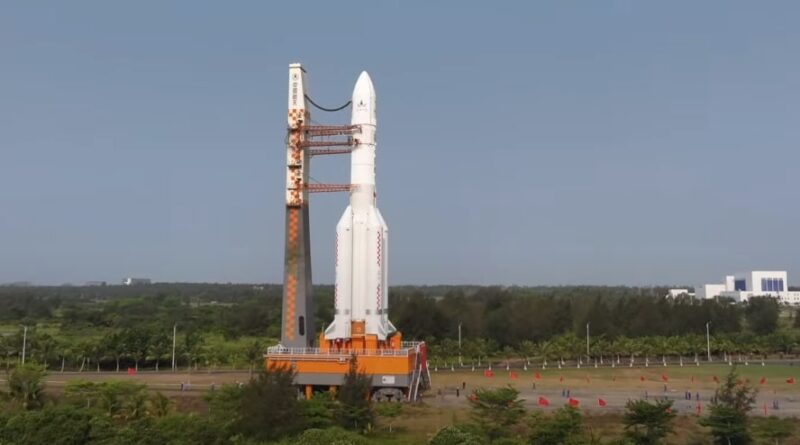
Chang’e 6 is an ambitious lunar exploration mission by China’s National Space Administration (CNSA), designed to collect and return samples from the far side of the Moon. This marks the first attempt to retrieve samples from this unexplored area.
Mission Details
- Launch Date: Launched on May 3, 2024.
- Duration: The mission is expected to last about 53 days.
- Primary Goal: To collect lunar rocks and soil from the far side of the Moon, which could provide new insights into lunar geology and the solar system’s history.
Technical Details
- Orbit: The spacecraft entered an elliptical lunar orbit and is preparing for a landing attempt.
- Cubesat Deployment: Chang’e 6 deployed a 7-kilogram cubesat named Icube-Q into lunar orbit as part of its mission objectives.
- Landing Site: The specific landing site is on the far side of the Moon, a region never directly visible from Earth.
Interesting Facts
- Historical Significance: This mission aims to be the first to successfully retrieve and return samples from the Moon’s far side, adding a significant chapter to lunar exploration.
- Scientific Potential: The samples could shed light on the Moon’s volcanic activity and the presence of water ice, providing critical data for future lunar missions and potential habitation.
Check out more details about this impressive mission on the official CNSA page for Chang’e 6.
Hera Mission
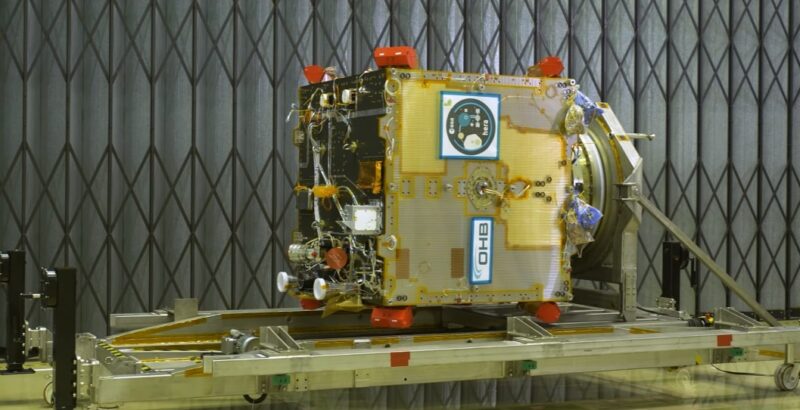
Hera is a planetary defense mission developed by the European Space Agency (ESA), set to launch in October 2024. The mission’s primary objective is to study the binary asteroid system Didymos and its moonlet, Dimorphos, which were impacted by NASA’s DART mission in 2022.
Mission Details
- Launch Date: October 2024.
- Target: Binary asteroid system consisting of Didymos and its moonlet, Dimorphos.
- Primary Goal: To assess the results of the DART mission’s impact and understand the efficacy of asteroid deflection strategies.
Technical Details
- Orbit and Trajectory: After launch, Hera will travel to the Didymos system, arriving in October 2026. The mission includes a detailed study of both Didymos and the smaller body, Dimorphos.
- Instruments: Equipped with sophisticated instruments, Hera will measure the physical properties of the asteroid, the crater formed by the DART impact, and any changes in the orbit of Dimorphos.
Interesting Facts
- Planetary Defense: This mission is crucial for testing methods of asteroid deflection, which could be necessary to protect Earth from potential future asteroid impacts.
- Collaborative Effort: Hera complements NASA’s DART mission, providing a comprehensive analysis of kinetic impactor technology and its effectiveness in altering asteroid orbits.
More data is available on ESA’s official Hera mission page.
Starship Missions

SpaceX’s Starship is a fully reusable spacecraft and rocket system designed for missions to Earth orbit, Mars, and beyond. In 2024, SpaceX plans to conduct multiple Starship missions, including both orbital and suborbital flights.
Mission Details
- Flight Tests: As of 2024, SpaceX has successfully completed several flight tests, including the third flight test (IFT-3) on March 14, 2024. This test was significant, marking advancements in the Starship development program.
- Launch Goals: Elon Musk, CEO of SpaceX, has stated the company aims to launch at least six Starship missions throughout 2024.
- Capabilities: Starship is designed to carry both crew and cargo to Earth orbit, the Moon, Mars, and beyond, supporting future deep space missions.
Technical Specifications
- Structure: Starship stands approximately 500 feet tall when paired with its Super Heavy booster.
- Performance: Recent updates have highlighted a performance shortfall that needs addressing to meet the requirements for lunar and interplanetary missions.
Interesting Facts
- Mars Missions: Elon Musk has elaborated on plans for future missions, noting that Starship will play a crucial role in establishing a sustainable human presence on Mars.
- Reusability: Starship is central to SpaceX’s vision of making space travel more affordable and sustainable, with the goal of the spacecraft being fully reusable.
Stay up to date with this mission by visiting SpaceX’s official Starship page.
Martian Moons Exploration (MMX)
The Martian Moons Exploration (MMX) mission is a groundbreaking project developed by the Japan Aerospace Exploration Agency (JAXA). Its main objective is to study Mars’ moons, Phobos and Deimos, and return samples from Phobos to Earth. The launch is planned for 2024.
Mission Details
- Launch Date: Scheduled for 2024.
- Objectives: To determine the origin of Mars’ moons and study their surface and environmental conditions. The mission aims to collect more than 10 grams of samples from Phobos.
- Return to Earth: The samples collected by MMX are expected to return to Earth in 2029, marking the first round trip to the Martian system.
Technical Details
- Spacecraft Design: MMX will be equipped with a rover and several scientific instruments to perform detailed surface investigations and sample collection.
- Collaboration: The mission involves international collaboration, including contributions of scientific instruments from NASA.
Interesting Facts
- Scientific Goals: By analyzing the samples from Phobos, scientists hope to gain insights into the processes that might have contributed to the formation of Mars’ atmosphere and its moons.
- Historical Significance: This will be the first mission to bring back samples from the Martian system, potentially providing unique materials from Phobos that have never been studied on Earth.
Visit JAXA’s official MMX mission page for additional insights.
The Bottom Line
The year 2024 is shaping up to be quite exciting for space exploration. NASA and other space agencies have a whole slate of missions planned that year that will help us learn more about the universe.
Some of the goals are highly challenging, like collecting samples directly from Mars’ moons or other worlds. If all goes well, the findings from these missions could completely change what we know about places throughout the solar system.


